What Bait Works Best When Fishing in Remote Destinations Spots?
Fishing in remote destinations offers a unique opportunity to connect with nature and catch species that might be unavailable in more accessible locations. However, the challenge of fishing in these secluded areas lies not just in reaching them, but also in knowing what bait will entice the local fish populations. Unlike fishing in well-documented local spots, remote fishing requires understanding regional preferences, seasonal variations, and sometimes completely unfamiliar species. The right bait can mean the difference between a memorable expedition and returning empty-handed.
This comprehensive guide explores the most effective baits for remote fishing destinations across various environments, helping you prepare for your next adventure into the wilderness.
Understanding Local Ecosystems Before Selecting Bait

Before packing your tackle box for a remote fishing expedition, researching the local ecosystem is essential for bait selection success. Each remote fishing destination has its own unique food chain and preferred prey items that native fish have evolved to target. Water temperature, clarity, current speed, and seasonal availability of natural food sources all influence what bait will be most effective. Consider consulting with local fishing guides or regional fishing authorities who can provide invaluable insights about what the fish are actively feeding on during your planned visit. These preliminary investigations will not only improve your chances of success but may also reveal unexpected bait options you might never have considered for your target species.
Live Bait Options for Freshwater Remote Locations

Live bait consistently proves itself as one of the most reliable options when fishing unfamiliar freshwater environments. Minnows, leeches, nightcrawlers, and crayfish are universal favorites that trigger instinctive feeding responses in many freshwater predators. When fishing in truly remote locations, collecting bait on-site can be particularly effective as it guarantees you’re offering something the local fish recognize as food. Learning basic techniques for catching local minnows, digging for worms, or collecting insects near your fishing site can save you from carrying live bait long distances and ensures your offerings match what fish are naturally feeding on.
Remember that in very remote areas, fish may be less pressured and therefore more willing to strike at natural prey items they encounter regularly.
Marine Bait Selections for Coastal Remote Areas
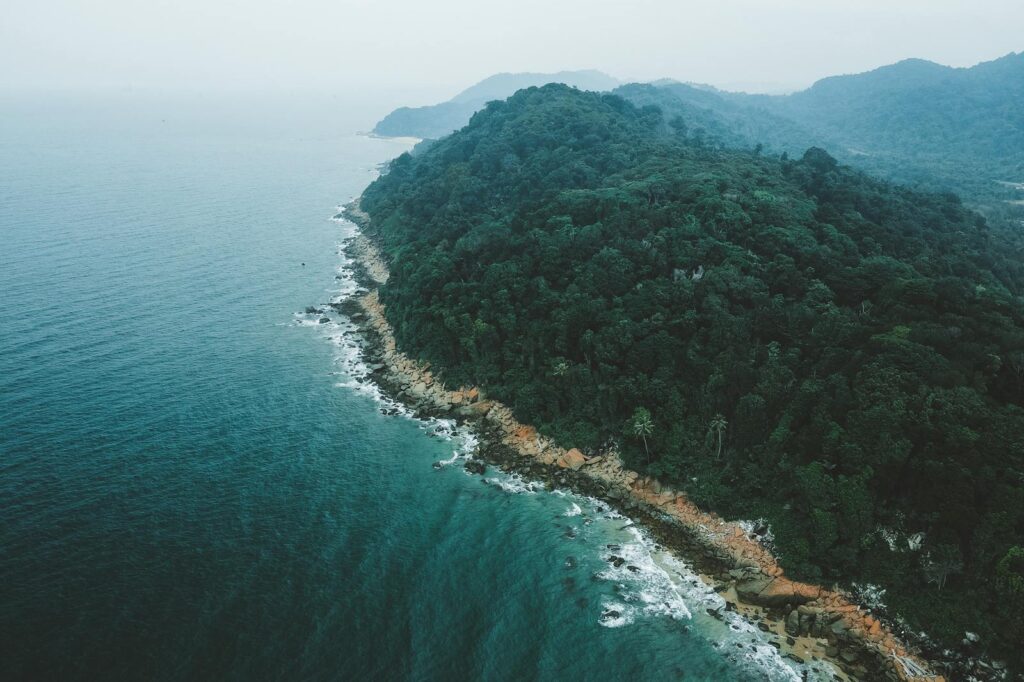
When targeting saltwater species in remote coastal areas, understanding regional bait preferences becomes even more critical due to the vast diversity of marine ecosystems. Cut bait from locally available fish species often outperforms commercial options, as it releases familiar scents that resident predators have evolved to detect. Squid, octopus, crabs, shrimp, and sand fleas serve as excellent universal saltwater baits that appeal to multiple species across different remote coastlines. In tropical remote destinations, fresh fish fillets from species like bonito or mackerel can be irresistible to larger predators patrolling the reefs or deep drops.
For remote shoreline fishing, gathering shellfish, sea worms, or small crustaceans from the immediate area can provide hyper-local bait options that match exactly what the fish expect to find in their natural diet.
Artificial Lures Worth Their Weight in Remote Settings
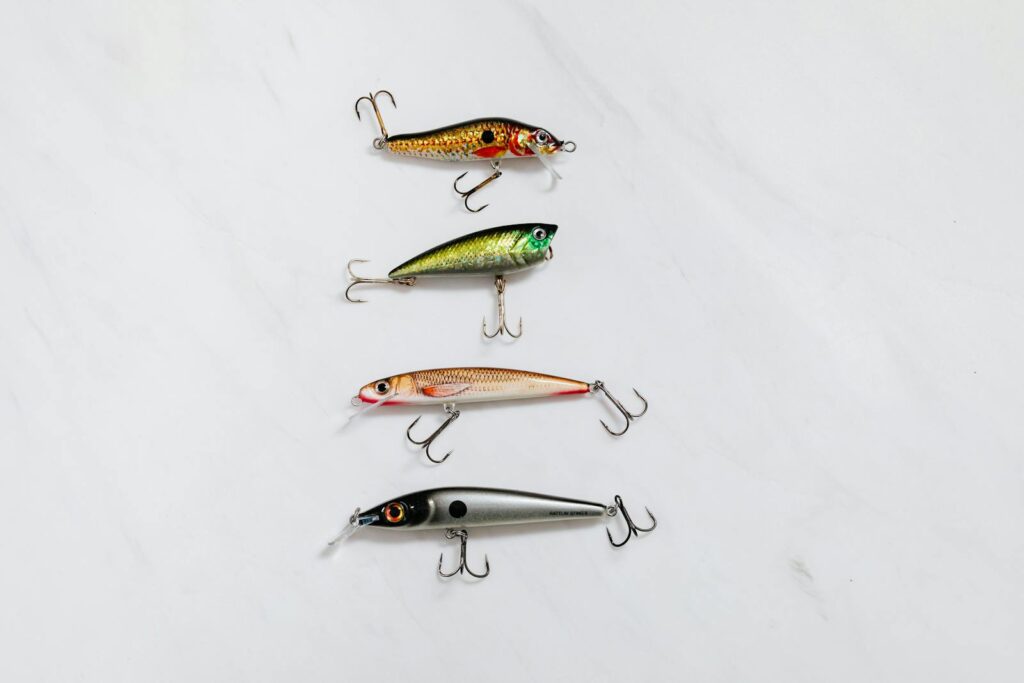
When venturing into extremely remote fishing destinations, artificial lures offer significant practical advantages despite occasionally being less effective than live bait. Quality artificial lures eliminate the challenges of keeping live bait fresh during long journeys and can be more easily transported into backcountry areas. Versatile lures like silver spoons, bucktail jigs, soft plastic swimbaits, and spinners have proven their effectiveness across continents and can entice strikes from unfamiliar species through their realistic movement patterns.
When selecting artificial options for remote fishing, prioritize durable lures in natural colors that mimic common prey items found worldwide – silver/blue for baitfish, brown/orange for crayfish, and green/black for frogs or leeches. Pack a variety of sizes to match different potential prey dimensions, as this flexibility allows you to adapt to whatever species you encounter in these isolated waters.
Fly Fishing Patterns for Remote Mountain Streams
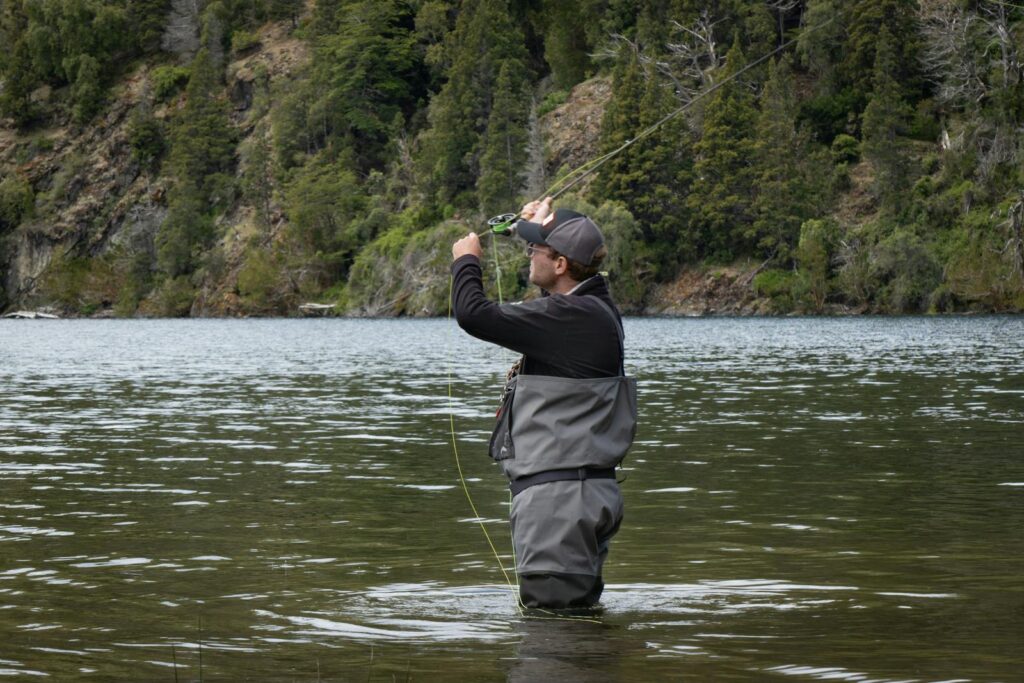
Remote mountain streams present unique fly fishing challenges that require specialized patterns to imitate the limited but specific food sources available in these pristine environments. Attractor patterns like Royal Wulffs, Stimulators, and Parachute Adams serve as excellent searching patterns when you’re unfamiliar with the exact insect hatches in a remote mountain region. When fishing alpine lakes or mountain streams worldwide, nymph patterns like Pheasant Tails, Hare’s Ears, and Prince Nymphs consistently produce results because they represent common aquatic insects found in clean, cold water ecosystems across continents.
Terrestrial patterns including ants, beetles, and grasshoppers become particularly effective during summer months when these insects naturally fall into the water and provide an important food source for trout in remote settings. For the most productive remote fly fishing, carrying a small selection of these proven patterns in various sizes will cover most situations you’ll encounter in mountain waterways regardless of their geographic location.
Natural Baits You Can Forage On-Site

One of the most underrated approaches to remote fishing is utilizing baits you can gather directly at your destination, eliminating transportation concerns and ensuring perfect match to local food sources. Learning to identify edible berries, nuts, seeds, and fruits that grow near waterways can provide excellent bait for omnivorous species like carp, catfish, and various panfish that readily consume plant matter. Grasshoppers, cicadas, beetles, and other terrestrial insects can be collected around your fishing site and often trigger explosive strikes from fish that recognize these as high-protein food items that occasionally fall into the water.
In coastal environments, digging for sand fleas, collecting mussels, or gathering small crabs from rocky areas provides fresh, natural bait perfectly matched to what local fish are already eating. This foraging approach not only solves logistical challenges but connects you more deeply with the ecosystem you’re fishing, improving your understanding of the food web and likely fish locations.
Bait Preservation Techniques for Extended Trips

Maintaining bait freshness becomes a critical challenge when fishing in locations days away from the nearest supply point. Vacuum sealing portions of cut bait before your trip can significantly extend shelf life when kept in a quality cooler with sufficient ice or cold packs. For nightcrawlers and other live worms, specialized containers with bedding material can keep them alive for weeks when stored in cool, dark conditions away from extreme temperature fluctuations. Salt curing techniques for bait fish can create durable, scent-releasing options that remain effective for extended periods without refrigeration, making them ideal for deep backcountry expeditions.
When fishing multi-day remote trips, planning a progressive bait strategy that uses more perishable options first and transitions to preserved baits later can maximize your fishing effectiveness throughout the entire adventure.
Regional Specialties: Arctic and Subarctic Waters
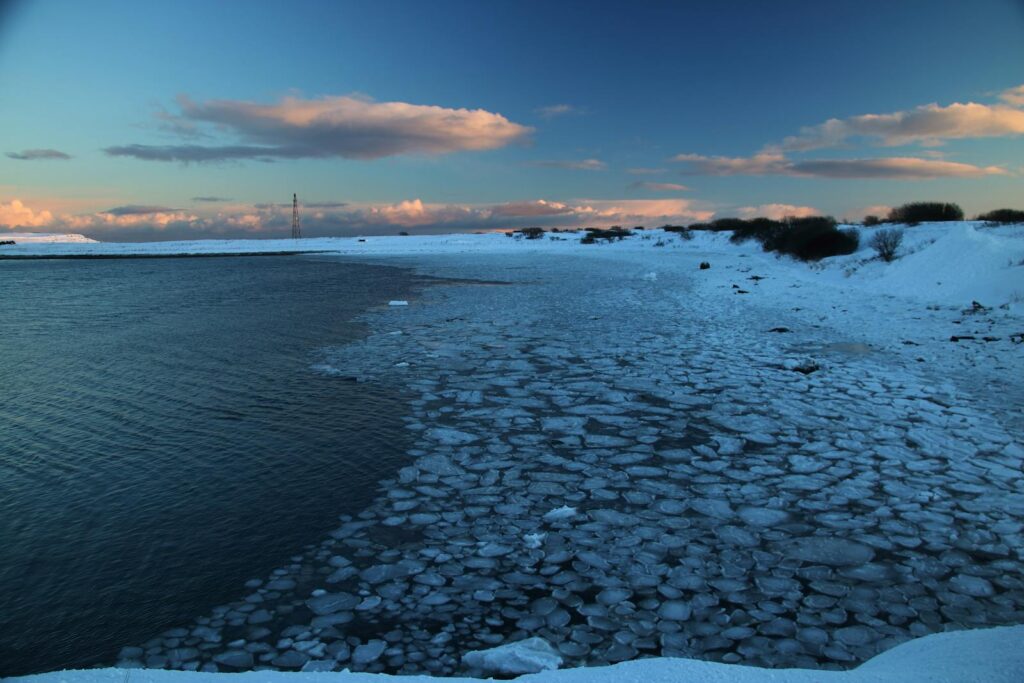
Fishing remote arctic and subarctic waters requires specialized bait considerations due to the extreme conditions and unique feeding patterns of northern species. Bright, flashy lures in larger profiles tend to outperform subtle presentations in these regions where fish need to make quick feeding decisions during short summer seasons. For northern pike, lake trout, and arctic char, dead bait fishing with herring, whitefish, or other oily fish sections can be remarkably effective when fishing through ice or in cold open waters where metabolism and movement are reduced. When targeting arctic grayling in remote northern streams, small nymphs and dry flies that imitate the limited insect life, particularly black flies and mosquitoes, can produce excellent results during the intense but brief insect hatches of the northern summer.
Traditional native fishing methods like using bright yarn flies for grayling or chunks of freshwater clams for burbot can sometimes outperform modern tackle in these regions where fish behaviors have remained unchanged for millennia.
Tropical Remote Fishing: Jungle Rivers and Remote Atolls
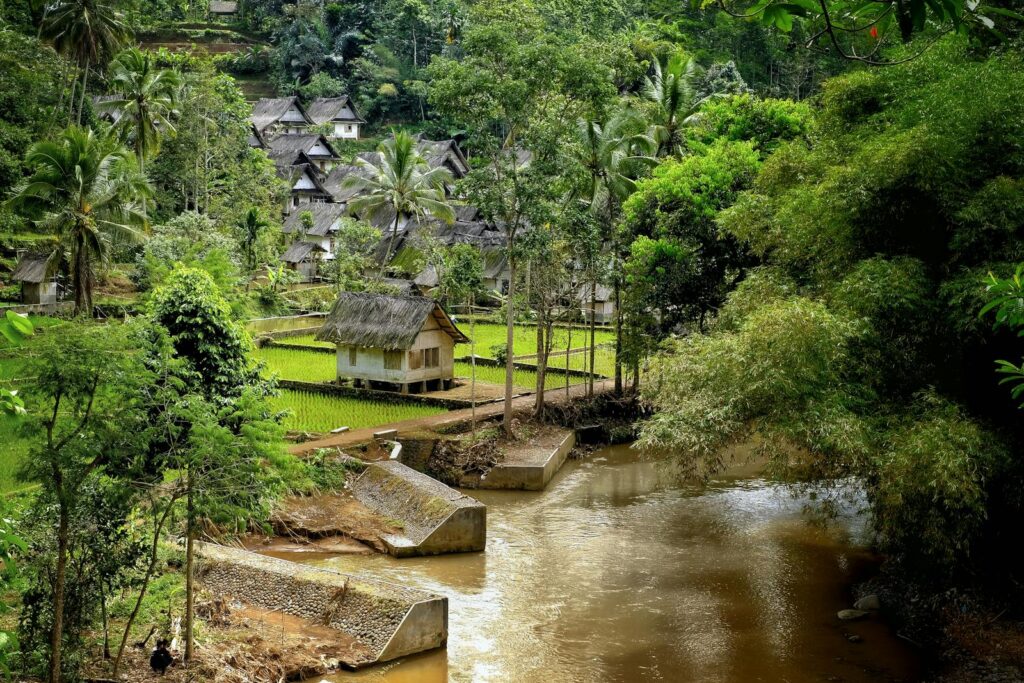
The biodiversity of remote tropical environments demands specialized bait approaches tailored to these rich ecosystems. For jungle river fishing targeting species like peacock bass, payara, or arapaima, large live bait such as small catfish or cichlids often outperforms artificial options, particularly during challenging weather conditions. When fishing remote coral atolls or isolated tropical islands, fresh chunks of tuna, bonito, or flying fish create powerful scent trails that attract predators like giant trevally, snappers, and groupers from considerable distances.
Coconut crab, hermit crab, and land crabs collected from tropical shorelines make exceptional bait for reef fishing, particularly for species that naturally feed on these crustaceans when they enter the water during spawning cycles. In clear tropical waters where visibility is high, using artificial lures that create significant commotion – like poppers, stick baits, and flashy metal jigs – can draw aggressive strikes from predators that might ignore more subtle presentations.
Desert and Arid Region Remote Water Bodies
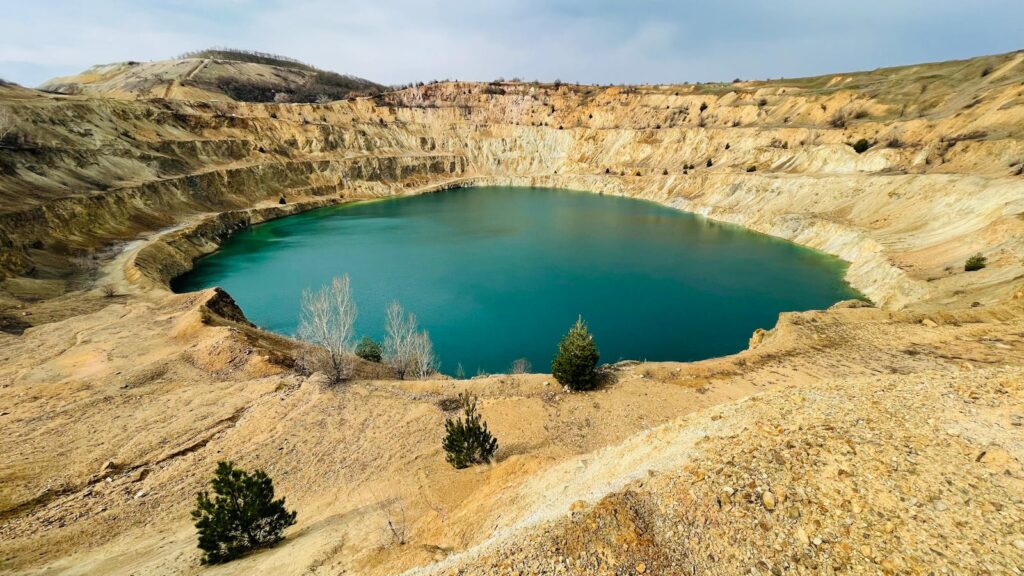
Remote fishing opportunities in desert regions present unique challenges where specialized bait selections can make a tremendous difference in success rates. Scent becomes particularly important in these environments where water is often murky or alkaline, making strong-smelling options like chicken liver, prepared stink baits, or dough baits infused with garlic or anise highly effective for catfish and other desert-adapted species. Small crustaceans and aquatic insects collected from desert springs or seeps can provide hyper-local bait options perfectly matched to what fish in these isolated water bodies have evolved to consume.
For desert bass species, lures that create significant vibration and disturbance in the water column tend to outperform subtle presentations, as these fish have adapted to quickly capitalize on limited feeding opportunities in harsh environments. When fishing remote desert waters, early morning and late evening often provide prime conditions when temperatures are cooler and fish are more actively feeding near the surface.
Adapting to Seasonal Bait Preferences in Remote Areas

Understanding how bait preferences shift with seasonal changes can dramatically improve success rates when fishing unfamiliar remote waters. Spring fishing in remote locations often benefits from smaller profile baits that mimic newly hatched prey items and smaller forage as ecosystems reawaken from winter dormancy. Summer fishing typically allows for more aggressive presentations with larger baits as predatory fish increase their feeding activity and require more calories during this period of peak metabolism.
Fall brings unique opportunities to capitalize on pre-winter feeding frenzies with larger, high-calorie bait options that appeal to fish preparing for leaner months ahead. Paying attention to water temperature changes, seasonal migrations of prey species, and spawning cycles helps identify the most effective bait strategy regardless of how remote your fishing destination may be.
Ethical Considerations and Regulations for Remote Bait Use

Remote fishing destinations often have fragile ecosystems that require careful consideration when selecting and using bait. Research local regulations before your trip, as many remote areas have strict rules against introducing non-native bait species that could potentially disrupt local ecosystems if released or escaped. Consider using barbless hooks with natural baits to minimize injury to fish when practicing catch-and-release in these pristine environments. In particularly sensitive remote ecosystems, artificial lures may be the most environmentally responsible choice even if marginally less effective than live options.
Remember that in truly remote locations, enforcement may be minimal, making personal ethical choices about bait use even more important for preserving these special fisheries for future generations.
Essential Bait for Emergency Survival Situations
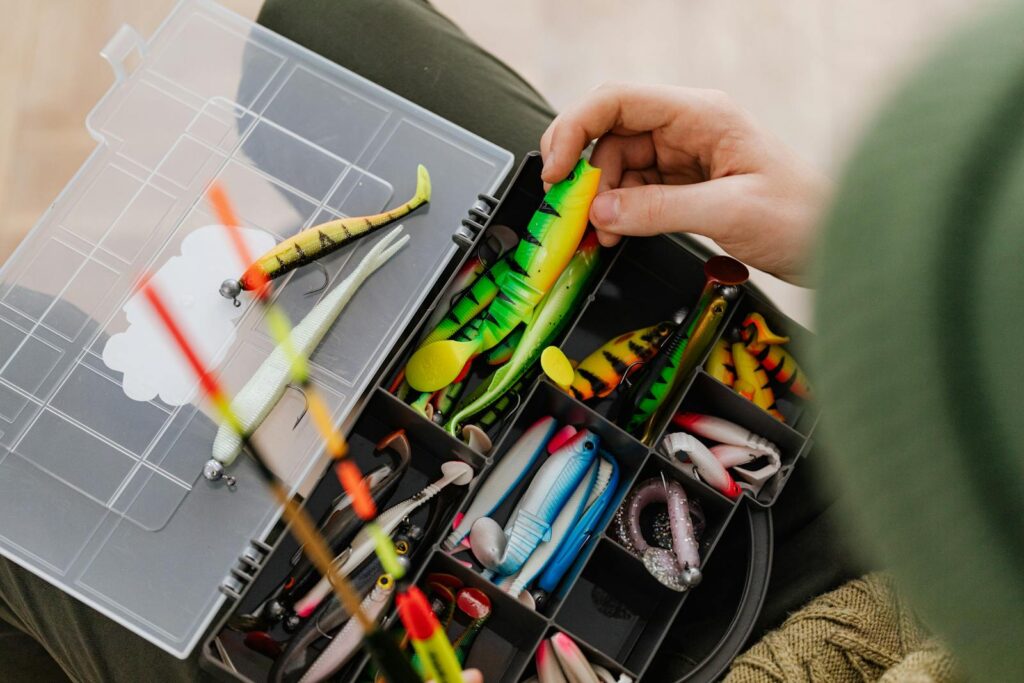
When fishing remote destinations where success might be crucial for supplementing food supplies, certain bait options stand out for their reliability in producing results across diverse environments. Nightcrawlers and earthworms have proven effective on every continent and for countless species, making them perhaps the most universally productive bait option when genuine sustenance fishing becomes necessary. Small, bright metal spoons and spinners that can be cast or trolled rank among the most versatile artificial options for emergency situations, capable of attracting predatory fish with their flash and vibration across widely varying water conditions.
For coastal survival scenarios, digging for sand fleas, crabs, or collecting mussels from rocky shorelines provides ready access to effective bait without requiring brought supplies. Maintaining a small emergency fishing kit with these proven options can provide peace of mind when venturing into extremely remote areas where fishing success might become more than just a recreational pursuit.
Conclusion
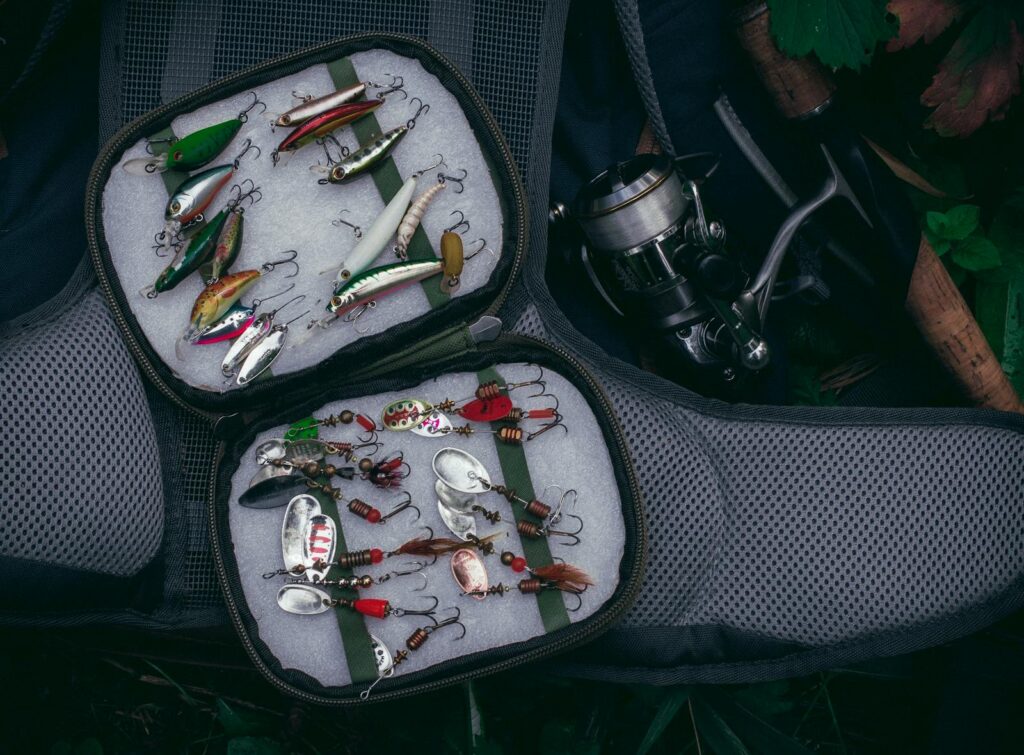
The art of selecting the right bait for remote fishing destinations combines research, adaptability, and sometimes a willingness to experiment with local options. While certain universal baits like worms, minnows, and versatile artificial lures deserve space in any remote fishing kit, the most successful anglers are those who arrive prepared but remain flexible enough to adjust their approach based on local conditions. Remote fishing offers not just the thrill of the catch, but an opportunity to connect with pristine environments and sometimes ancient fishing traditions far from the beaten path.
By understanding the ecosystem, preparing appropriate bait options, and respecting the unique character of each remote destination, anglers can experience some of the most rewarding fishing opportunities still available in our increasingly connected world.

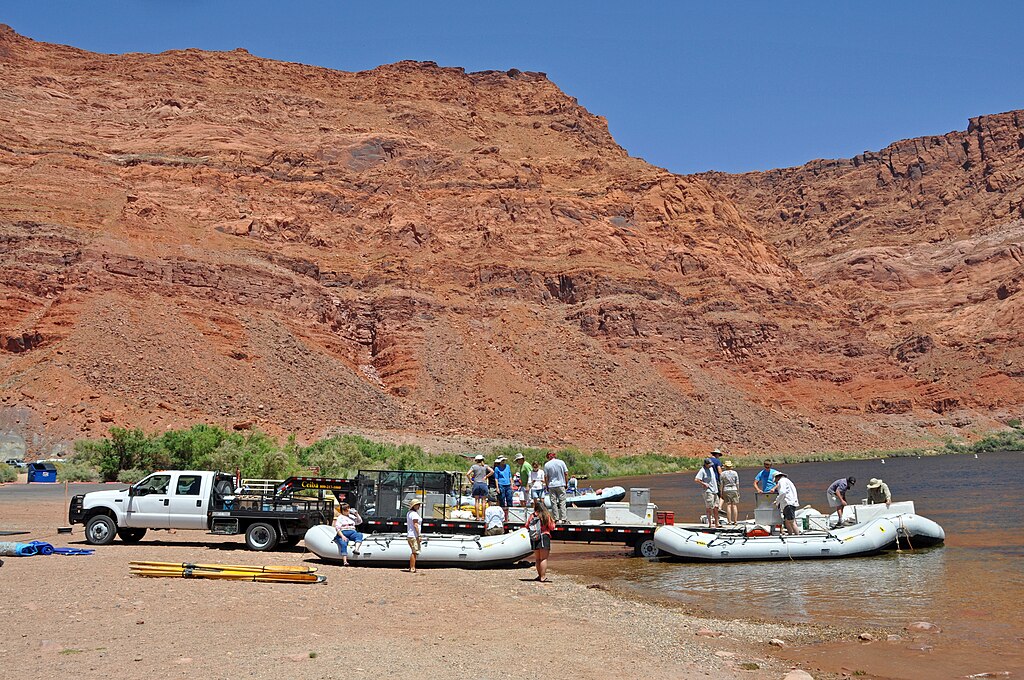

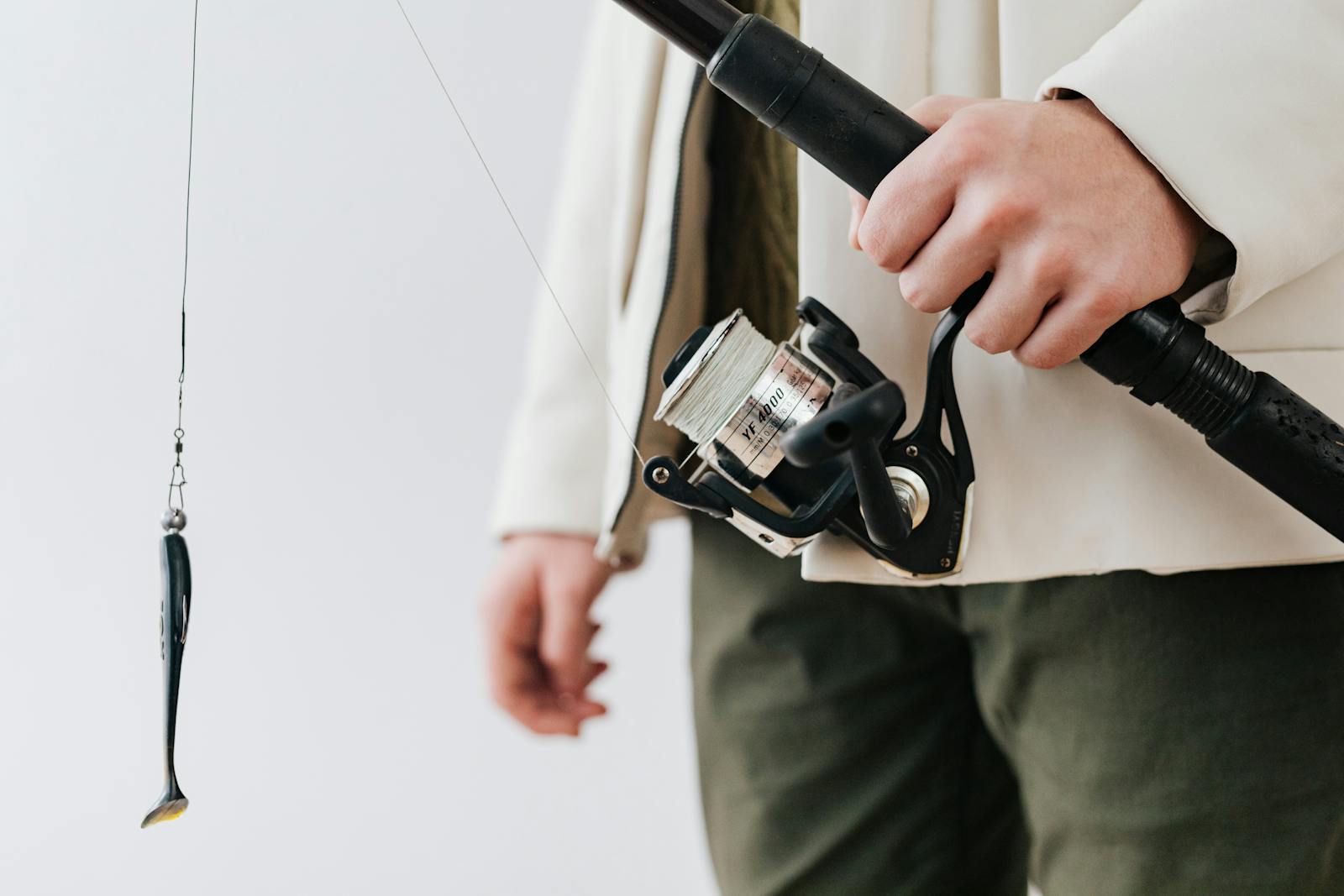










Post Comment